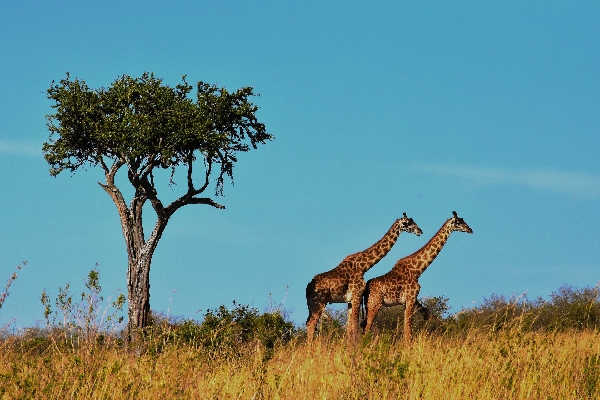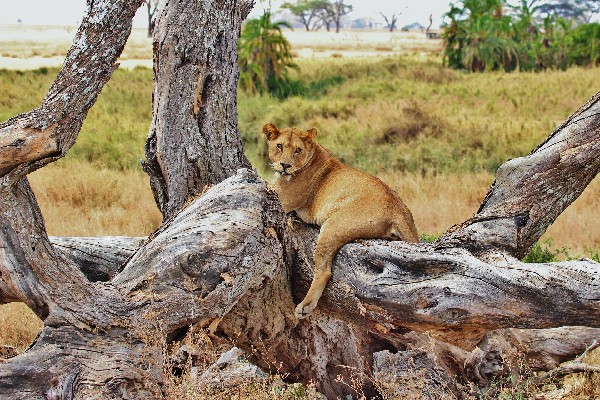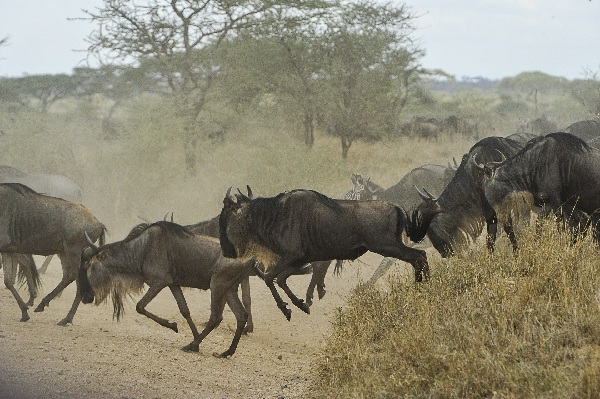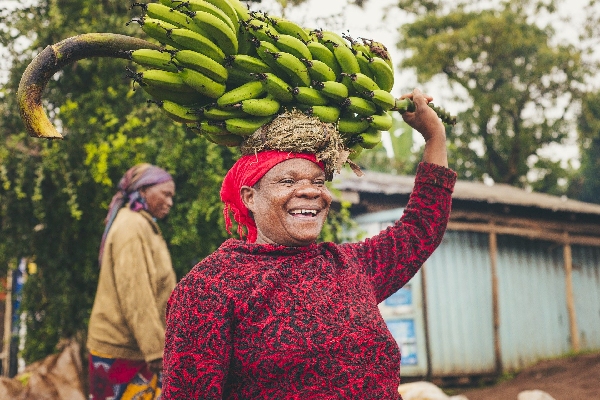When you are heading to a reserve like the Selous Game Reserve, you generally have one main aim: to see fascinating wildlife. Selous goes beyond that though, offering the opportunity to get up close, snap the perfect shot and delve deeper into the region’s culture than is usually possible in busier reserves. It is a personal experience with memories to treasure for years to come.
If you are visiting over a few days, it is well worth your time seeing the animals from different vantage points. Here are just some of the things you must do when visiting the area.
Game Drive
Topping the list is the game drive. The reserve is huge, so the best way to get around is a 4×4. Selous’ fame is widespread for its elephant population. Lions, wild dogs, impalas, baboons, zebras, buffaloes, hippopotamuses, rhinos, giraffes and elands are also commonly seen, particularly when you are led by a local expert.
Traditionally, the animals in the region are considered shyer than in the northern parks, but you will find them in abundance. From the early days, and due to the abundant numbers, the area was set aside for hunting. Now, it is the ideal place for you to get an enviable photo of some of the world’s most beautiful creatures.
The reserve opens early in the morning and closes in the evening, meaning night drives are not possible. The best time to head out on a game drive is before eleven in the morning, or after three in the afternoon. You can still go on a game drive between those times, but as temperatures soar during those times, the animals are likely to be seeking shelter and shade, so you are likely to see fewer prowling or at their active best.
Walking Safari
Though you may not cover the distance that you will on other tours and safaris, there is no other way to feel so close to the action and at one with the African wild as going in on foot.
Tours are designed around seeing some of the tamer, though no less impressive and marvellous, creatures found in the reserve. You will have a good chance of seeing giraffes, zebras, elephants and birds on such a tour. The walk will be led by an armed ranger who not only keeps you safe and in known areas, but who will also be keen to pass on their valuable insight into life among the animals.
Boat Safari
A boat safari along the Rufiji River is a sensational experience. Tourists can experience half and full-day trips with sunrise and sunset options.
Numerous hippos and crocodiles will be seen, while it is an ideal venture for bird watchers with many bird species frequenting the surrounding areas and the swamplands. Your day can be peaceful, cruising along tranquil waters, or as exciting as you want, with countless sights and sounds to please your senses. A boat safari is one of the most highly recommended experiences in the region.
Cultural Tour
One of the most powerful things you can do when visiting any new place is to learn a little about the culture. When visiting the Selous Game Reserve, you will have the option to visit the nearby Mwaseni Village, where you can take a tour and spend an afternoon with the people. Led by a guide, you may be lucky enough to have the opportunity to head into one of the mud-hut houses, or a local school or shop where villagers will welcome you and enjoy your presence.
Villagers performing their daily activities, such as fetching water, are common sights. If you want to give something back, you could always take some gifts, such as sweets or stationery, to give to the local children who will show their appreciation with beaming smiles.







